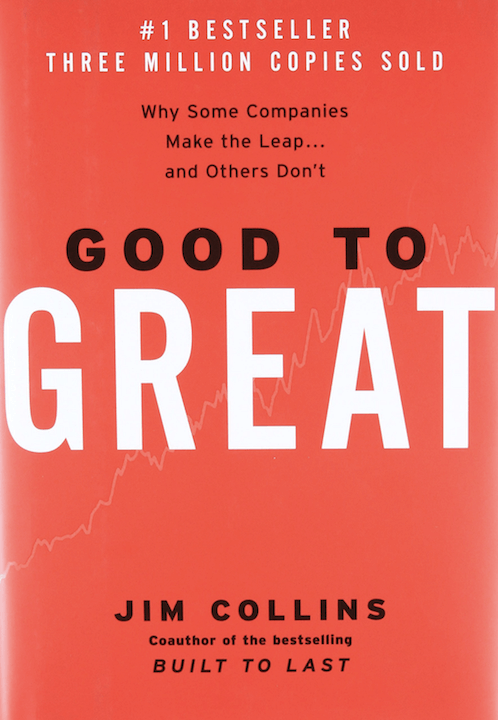The first important point is knowing and understanding what KPIs are and why they are used.
Procurement KPIs are a type of performance measurement tool that can be employed to evaluate and keep track of the efficiency and effectiveness of a company or organisation’s procurement management. They serve to enable, optimise and regulate spending, quality control, time management, and costs.While procurement KPIs are considered to be a ‘hot topic’ in sourcing circles, they are by no means set in stone.
KPIs surrounding procurement practices can mean different things depending upon your business, so much so that many procurement professionals aren’t completely 100% sure on exactly what counts as a KPI and what doesn’t.
When it comes to key decision making and tracking performance it’s important to be completely sure that the KPIs that are being tracked are the ones that matter the most. This can be done through the gaining of a better, clearer and more comprehensive understanding of the metrics, as well as knowing the procurement KPIs used by industry leaders.
We have put together a list of the top procurement KPIs to help you measure and keep track of your procurement performance:
1. Well Defined Sourcing Strategy
Having an effective strategic sourcing plan is a key, core component of procurement. Overcoming challenges procurement professionals face requires a well-defined strategy, no matter the company size.
Strategic sourcing makes it possible to meet business needs with value and efficiency, through a proactive, analysis-driven look at internal processes, supply markets and supplier performance. Companies willing to meet the time, talent and resources that are required to develop a well-defined strategy of their own will be able to improve their ability to protect themselves from unnecessary risk while freeing capital required for innovation and growth.
Arguably the most important KPI, developing a well-defined, structured sourcing strategy is an essential element when working in procurement.
2. Profit/Cost Avoidance
A comprehensive procurement strategy does, of course,tackle a number of key areas. At the end of the day, however, procurement is all about operating costs. The main reason for the scrutiny of the procurement process is to ensure the necessary goods or services are being obtained for the lowest cost possible.
The difference between a mediocre and an exceptional procurement organisation is that the latter is all about the cost-saving benefits they can achieve. Effective procurement professionals will, statistically, spend 21% less money than their less efficient, less effective counterparts. (similarly, they will employ 26% fewer people).
The best procurement strategy will have a focus on profit, with a main objective on methods of successful cost-avoidance. The cost-avoidance metric takes a look at the actions taken to reduce future costs and expenses. Unlike ‘hard savings’ measured through a cost-reduction KPI, this metric tackles the ‘soft savings’ that don’t appear on the company’s bottom line in any quantifiable way. Soft savings can, however, impact the bottom line; soft savings include things such as strategic investments. When combined with cost-reduction KPIs, the procurement team can avoid extra costs in the future.
3. Contract Compliance & Coverage
The benefits of measuring contract success against contract management KPIs means contract managers are able to proactively readjust their strategy, ensuring goal alignment drives the desired impact.
Contract management KPIs need to be specific, measurable and attainable. Contract KPIs will vary depending upon industry and requirements. Despite this, it is critical that managers responsible for contracts regularly review their contract lifecycle management processes and develop success metrics that align with organisational objectives. Contract KPIs should contain much information surrounding contract value, incidents, contrat tracking and renewal. Ensuring contract compliance is critical, especially when looking at key KPIs. There are aspects of contracts (and especially those concerning procurement) where the necessary protocols are not being adhered to, and guidelines not being followed, and this can be curbed by effective use of the right KPIs.
4. Business Contingency & Risk Management
Any business will have various risks to deal with and overcome, and managing these risks is critical, regardless of industry. When working in procurement, risks are often higher and they need to be managed and, wherever possible, mitigated. A good way of robustly mitigating procurement risks is by visualising your supply chain. Procurement supply chains are made up of many moving parts, and keeping on top of them and the risks to your operations is challenging. The introduction of better, more transparent visibility within said supply chain will make everything – choosing suppliers, managing relationships, and taking note of the biggest risks – easier.This will also enable a level of business contingency and plan better for events beyond your control.
It is also recommended to introduce automation wherever possible. Procurement processes will, due to their very nature, always require a good level of human input. Automating as many processes as possible, however, will save time, reduce human error and save costs (digital transformation enables typical procurement organizations to reduce process costs by 30 percent). Automating reporting also makes monitoring and keeping track of performance easier.
Risks can further be managed and mitigated by putting together a clear set of standards that vendors must meet in order for you to work with them. Any guidelines, including social governance and supply chain sustainability, can be a pair of these standards. This system removes ambiguity and any room for error in the sourcing process.
Finally, creating a supply chain risk management strategy is a good way to reduce risks – planning is key. For instance, make sure there is a contingency plan in place for if a supplier goes out of business or is unable to fulfil an order. A vital aspect of successfully mitigating risks means accepting some things that are out of your hands.
You can directly deal with that which you can control, and plan for those you cannot.
5. Sustainability & Compliance
Procurement is a function that has a large impact, such as social, environmental and economic infrastructure, on a global and local level. Because of this, procurement teams need to ensure their strategy and activities are aligned with global efforts to practice sustainable development.
Sustainability and CSR (Corporate Social Responsibility) parameters need to be addressed in your procurement operations if they could impact the planet, people or profitability.
The easiest way to create sustainability KPIs is by assessing and evaluating suppliers and their various sustainability parameters. When you are the ‘enforcer’ of sustainable KPIs, this sends a clear message to suppliers that this is an area and topic of importance. By addressing sustainability at this level, you can lay the foundations that can be built upon for an environmentally conscious future.
Sources:
https://www.prokuria.com/post/cost-reduction-and-cost-avoidance-kpis-deep-dive
https://www.contractworks.com/blog/6-kpis-to-measure-the-performance-of-your-contracts
https://www.cobblestonesoftware.com/blog/the-3-contract-management-kpis-for-success
https://www.seraitrade.com/blog/top-5-examples-of-procurement-risks-and-how-to-mitigate-them
https://www.kodiakhub.com/blog/7-procurement-kpi-s-your-team-may-be-ignoring


